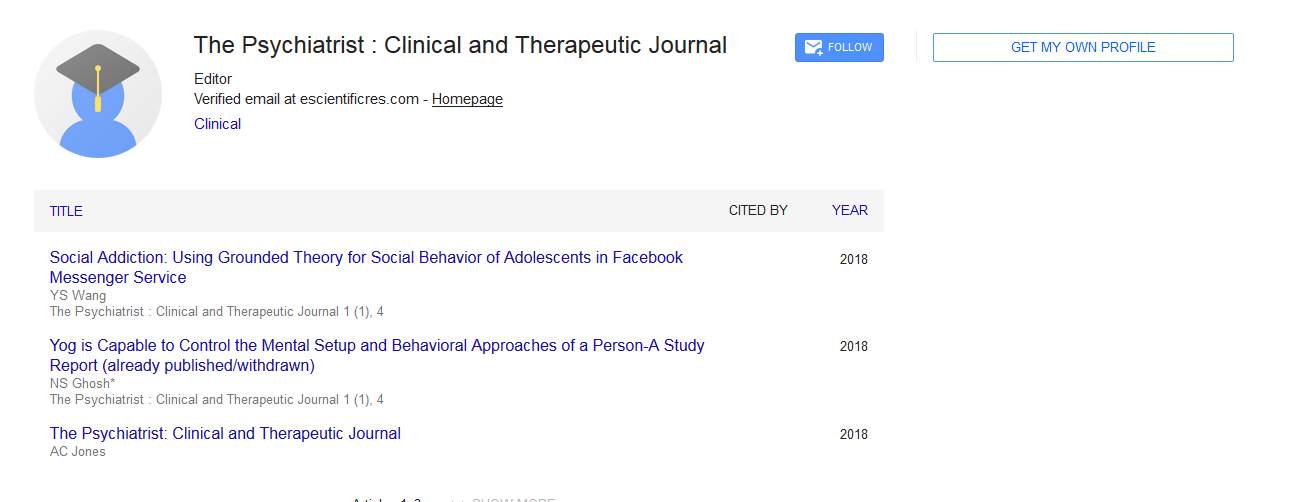Gender effects on the understanding kind and hostile intentions displayed by dyadic body movements.
*Corresponding Author:
Copyright: © 2020 . This is an open-access article distributed under the terms of the Creative Commons Attribution License, which permits unrestricted use, distribution, and reproduction in any medium, provided the original author and source are credited.
Abstract
Understanding different kinds of communicative intentions conveyed by others is essential for successful human interaction. However, the gender effects of the observers and actors/actresses in processing the kind and hostiles communicative intentions within social interactions are largely unknown.In order to explore the gender effects in understanding kind and hostile intentions (versus noninteractive intention) displayed by dyadic individuals whole body movement, we recorded the accuracy and reaction time (RT) when participants performed the intention inference task. Sixty college students were recruited to participate in the experiment.
Both significant main effects of the gender of observers and actors/ actresses on the accuracy existed, which showed female observers performed better than the males on intention understanding and demonstrated a prominent male actors??? advantage, respectively. The results also indicated higher accuracies and shorter RTs in hostile intention understanding, which were consistent with the negative bias theory. Notably, a significant interaction effect between the gender of actors/actresses and intention conditions on RTs was found. It showed longer RTs on understanding the kind intentions of actors than those of actresses while understanding hostile intentions showed a reverse pattern. Meanwhile, neither main effect of the gender of the observers nor interaction effects between the gender of observers and other independent factors on the RTs were found.

 Spanish
Spanish  Chinese
Chinese  Russian
Russian  German
German  French
French  Japanese
Japanese  Portuguese
Portuguese  Hindi
Hindi 